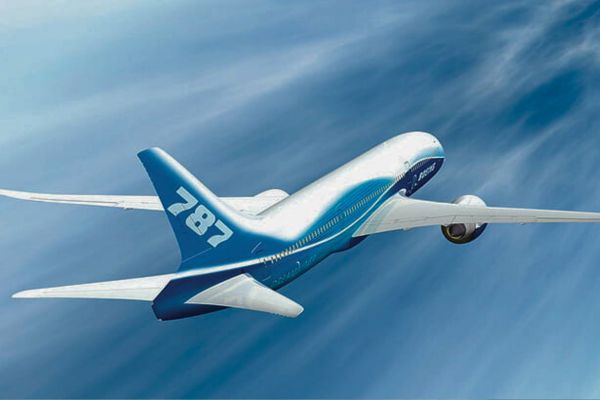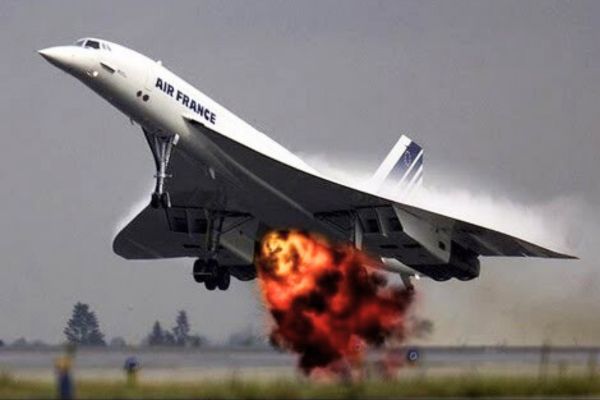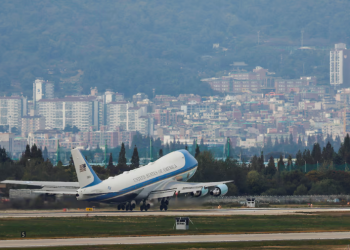Safety concerns have occasionally led to the grounding of aircraft, with a few incidents standing out throughout commercial aviation history. Let’s delve into some significant cases that shook the skies.
Boeing 737 MAX (March 2019 – December 2020)
One of the most memorable events in aviation history was the global grounding of the Boeing 737 MAX. Following two fatal crashes, the Federal Aviation Authority (FAA) issued a grounding order on March 13, 2019.
![Boeing 737 max [Photo Credit BusinessInsider]](https://autojournal.africa/wp-content/uploads/2023/08/Boeing-737-max-Photo-Credit-BusinessInsider.jpg)
Although the FAA grounded the 737 MAX in March 2019, several regulators had already taken action. In less than a week, all 387 active MAX aircraft were grounded. The aircraft was cleared to resume operations by the FAA in December 2020, but ongoing legal battles and compensation claims continue to affect its legacy.
Boeing 787 Dreamliner (January 2013 – April 2013)
Another notable grounding involved the Boeing 787 Dreamliner. On January 16, 2013, the FAA issued an emergency directive halting all 787 operations due to electrical issues linked to the aircraft’s lithium-ion batteries.

Multiple instances of battery malfunctions, resulting in smoke and fires, occurred on Dreamliners operated by airlines like Japan Airlines, All Nippon Airlines (ANA), and United Airlines. One ANA 787 even made an emergency landing due to smoke warnings in its electrical compartments. After investigations revealed a thermal runaway in the batteries, a design fix was implemented, and the 787 returned to service on April 19, 2013.
Concorde (August 2000 – November 2001)
The legendary Concorde faced a moment of crisis following the fatal crash of Air France Flight 4590 on July 25, 2000. The incident raised concerns about the aircraft’s safety.

During takeoff, Flight 4590 burst into flames, killing all 109 occupants on board and four on the ground. Investigations discovered that the Concorde’s fuel tanks were susceptible to ruptures. A metallic strip on the runway caused a tire burst, which led to a fuel tank fire and the jet’s crash.
Though this was the only fatal incident involving Concorde, it led Air France and British Airways to ground the aircraft. After safety modifications, the supersonic jet resumed commercial service in November 2001 before retiring in 2003.
Read more on Stunning statistics: Weather responsible for 70% of airport delays worldwide











![Tesla's charging standard [Photo Credit Motor Trend]](https://autojournal.africa/wp-content/uploads/2023/08/Teslas-charging-standard-Photo-Credit-Motor-Trend-75x75.jpg)





![Airlines summer travel [Photo Credit Peakpx]](https://autojournal.africa/wp-content/uploads/2023/08/Airlines-summer-travel-Photo-Credit-Peakpx-1-350x250.jpg)



